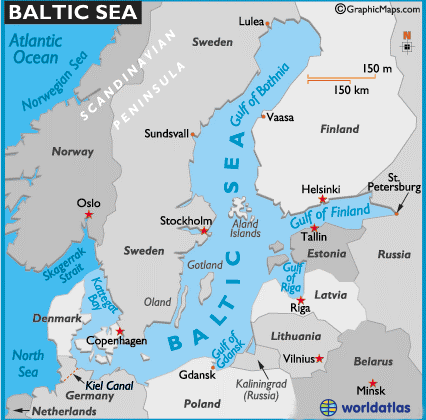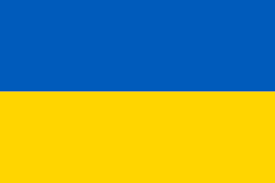The Ukraine crisis is a game changer for Russia’s domestic landscape. One of the most eloquent engines of this is the spread of the concept of “Novorossiya,” or New Russia. With origins dating from the second half of the 18th century, the term was revived during the Ukraine crisis and gained indirect official validation when Russian President Vladimir Putin used it during a call-in show in April 2014 to evoke the situation of the Russian-speaking population of Ukraine. It appeared again in May when the self-proclaimed Donetsk and Lugansk People’s Republics (DNR and LNR) decided to unite in a “Union of Novorossiya.” In August, a presidential statement was addressed to the “Insurgents of Novorossiya,” though the text itself referred only to “representatives of the Donbas.” The powerful pull of Novorossiya rests on its dual meaning in announcing the birth of a New Russia geographically and metaphorically. It is both a promised land to be added to Russia and an anticipation of Russia’s own transformation. As such, “Novorossiya” provides for an exceptional convergence of three underlying ideological paradigms that I briefly analyze here.










